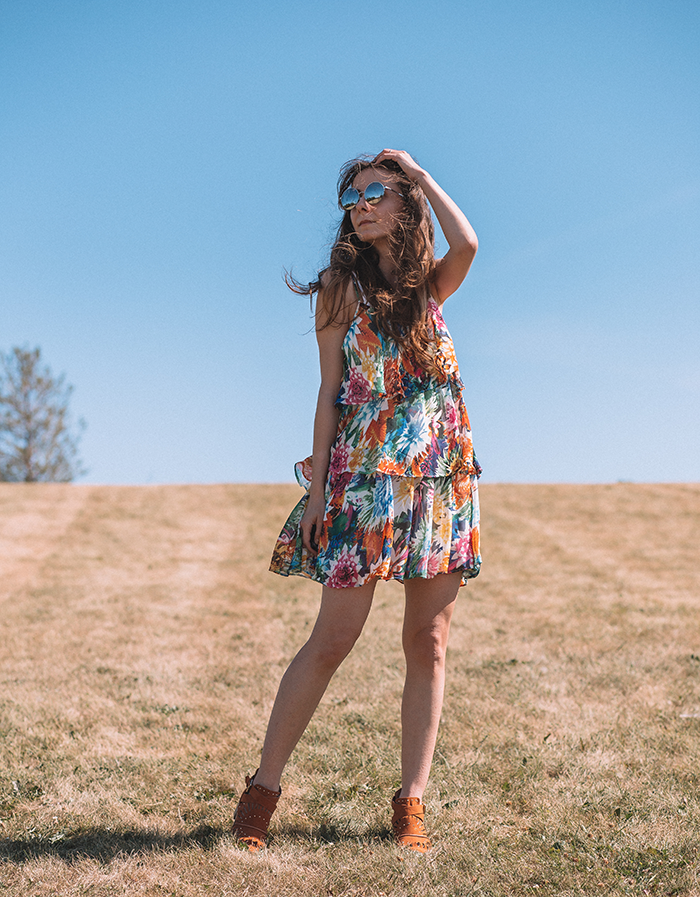Vintage shopping. It’s awesome. And online vintage shopping is the absolute dream – it’s an endless supply and source of vintage clothing. You’re not limited by your small town, or even country. It feels like sustainable nirvana. But the truth is that you have to be prepared for some work.
Vintage isn’t new – obviously, since that the appeal – but many have the same expectations of it. Which isn’t fair. Events have taken their toll on the clothes and you have to understand and be prepared for the affects of time, weather, wear, and also for how clothing used to be made. Having vintage shopped online for years now, I’m going to start sharing some tips with you guys as they come up in my life.
Here’s two major ones right off the bat: know vintage sizing, international sizing, and know your measurements.
Sizing has changed over the years. What’s now a zero wasn’t always a zero. Sizes have changed recently (in the last twenty years) to reflect vanity sizing, and we really have to get over what the number says. Don’t discredit a dress because it says ‘6’ – check the measurements. You don’t know what brand or year that was made in and if you’re very small, that ‘6’ may be just right.
Also, international sizing is very different. So know your size, know your conversions. Google ‘international clothing conversion chart.” Save it to your phone if need be.
But all of that is worthless if you don’t know your measurements. There are so many tutorials, and youtube videos that teach you how to measure yourself. They show you how, and where. Do it. Write it down in a note on your phone or post it on your computer – whatever. Or if you’re unsure, go to a seamstress or alterations place and pay them a bit to do it for you. Just know it. Then take that and go back to those sizes and measurements you asked for on a garment you’re interested in and compare them to your actual measurements.
Also, a good thing to do is if you like a certain style – for example, a fit and flare dress – find a dress in your closet that fits you really well. Make note of the fabric (does it have stretch or not, and do you rely on that stretch), and measure the bust, waist, and hips of it laying flat. It helps as a lot of vintage clothing measurements are given out as ‘taken flat’ – meaning the garment was flat laid when measured. Reference it.
More to come soon.




Dress & Shoes – ASOS *thrifted*








NO COMMENTS